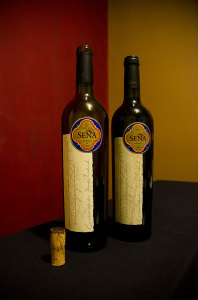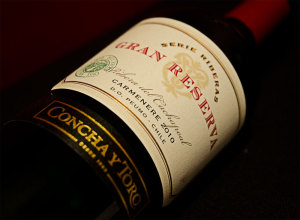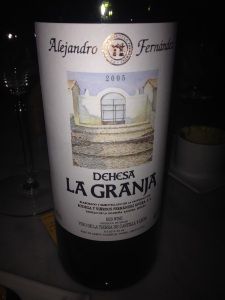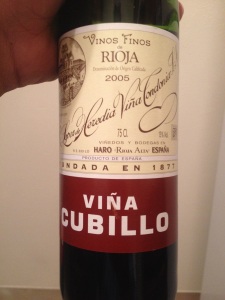Most wine aficionados have become well-acquainted with the famous Judgment of Paris. In 1976, Steven Spurrier, a British wine merchant, organized a wine competition intended to pit top-notch Bordeaux reds and Burgundian whites against select California Cabernet Sauvignons and Chardonnays. Despite being hosted in Paris and having been scored by French wine judges, it turned out to be that California ended up with the top spot in both red (Stag’s Leap Wine Cellars Cabernet Sauvignon 1973) and white (Chateau Montelena Chardonnay 1973) categories. The French were snubbed by their own scoring, the underdog Americans came out on top and, as the movie Bottle Shock showed, Chris Pine rides off into the sunset (or perhaps just onto the set of the next Star Trek movie).
However…a less well-known get together happened 28 years later, and is effectively the Chilean equivalent. A similar event coordinated by Eduardo Chadwick, president of Viña Errázuriz, was created in 2004 (with Steven Spurrier in attendance, to boot), hosting 36 international wine experts and critics, involving not just classic Bordeaux reds, but an Italian Super Tuscan as well. When all was said and done, the top 10 ranked as follows:
1- Viñedo Chadwick 2000
2- Seña 2001
3- Château Lafite-Rothschild 2000
4- Château Margaux 2001
4- Seña 2000
6- Viñedo Chadwick 2001
6- Château Margaux 2000
6- Château Latour 2000
9- Don Maximiano 2001
10- Château Latour 2001
10- Solaia 2000
Chile had won both 1st and 2nd place. Even more impressive is the fact that a number of the French wines were 2000 vintage, one of the best in Bordeaux in recent history. This is still considered a defining moment for catapulting Chile onto an international stage of top-tier quality.
At one of our recent tastings, we opened up a bottle of 1997 Seña (pictured; this began as a collaborative effort between Chadwick and Robert Mondavi to produce a Chilean icon wine) and it appeared to be the favorite of the night; fruit and spices still amazingly ripe and mixed with this beautiful rustic Saint Julien character. Also tasted were a 2000 Paul Jaboulet Aîné Cornas Les Grandes Terrasses and a 2005 Château Gloria, both showing nicely as well.
Also pictured is a 2001 Seña which, as the list above shows, was the vintage that outshone the Bordeauxs back in 2004. That one, however, might sleep quietly for a while longer…
Cheers!




